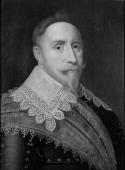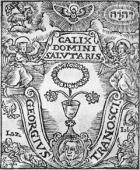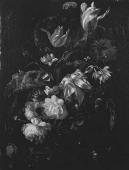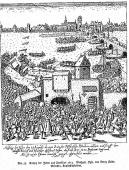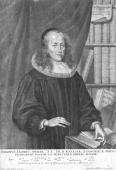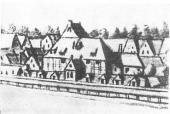1618: Outbreak of the Thirty Years War
Originally erupting along Protestant-Catholic religious lines, the Thirty Years’ War ravaged central Europe from 1618-1648. Over time, alliances depended more upon political rather than religious interests, with Catholic France joining Protestant Sweden and Denmark briefly allying itself with the Hapsburgs, for instance. The Peace of Westphalia ended the war and gave Reformed (Calvinist) communities legal rights for the first time. Results of the war included the death of about a third of central Europe’s population, a new religious détente as defined by the Peace of Westphalia, an independent Dutch Republic, and the emergence of Sweden as a European power, as described in this 1999 LQ essay “Sweden, the Elect Nation.”
Essay: “Sweden, the Elect Nation” by Bo Andersson, LQ 13 (1999), 305-314.
Image: Gustavus Adolphus II, King of Sweden (1611-1632), attributed to Jacob Hoefnagel

